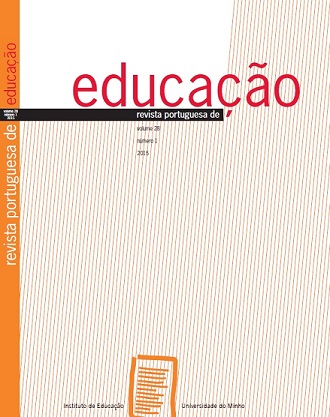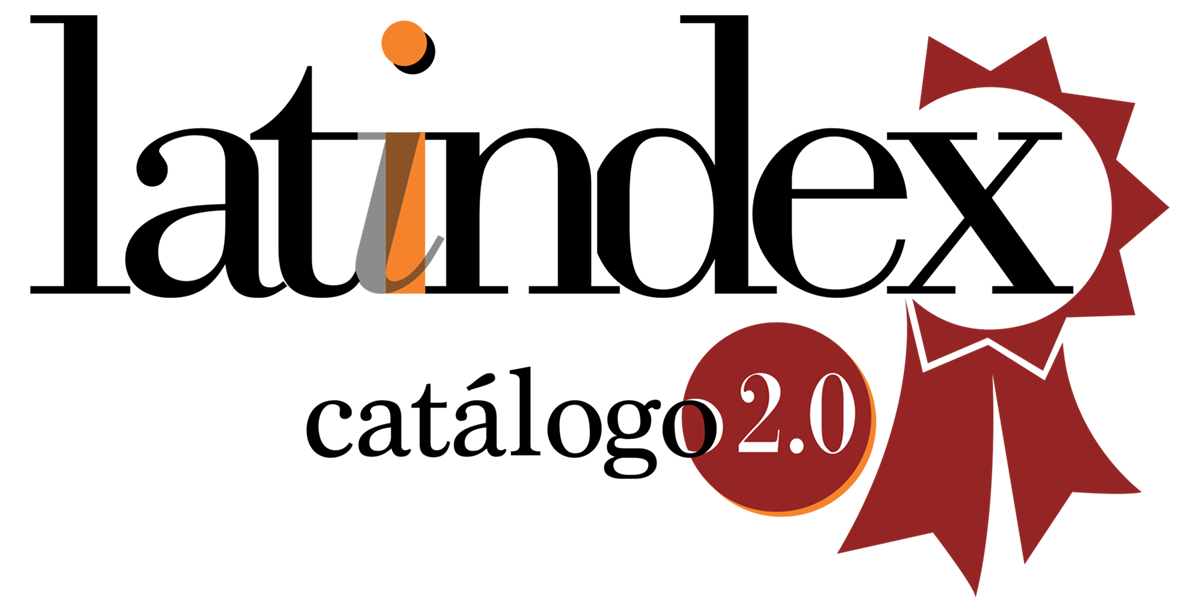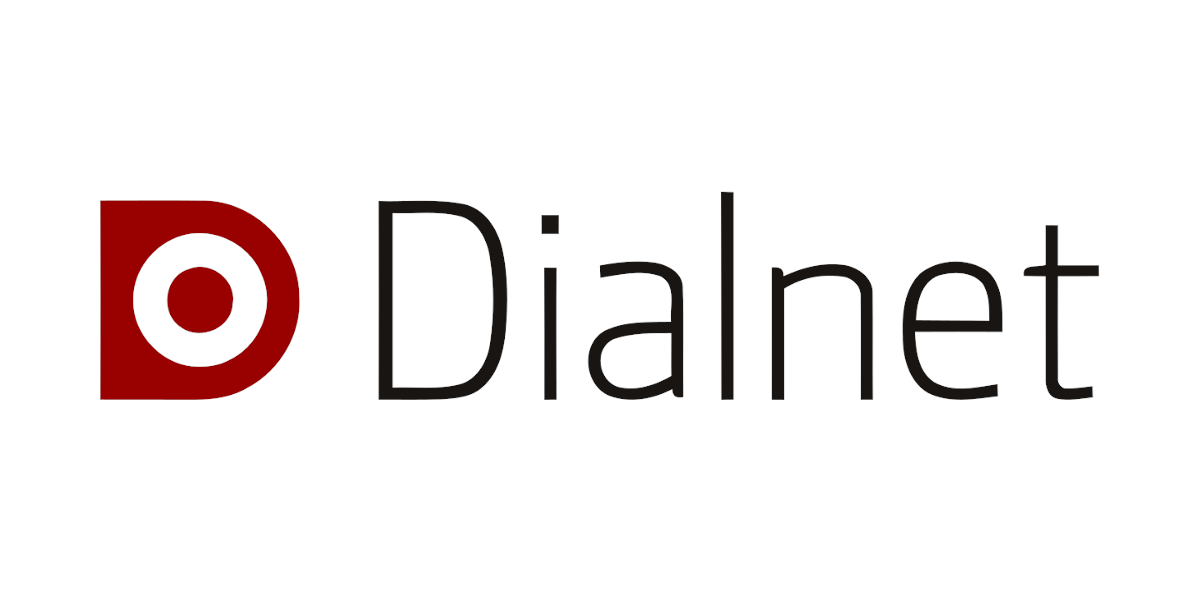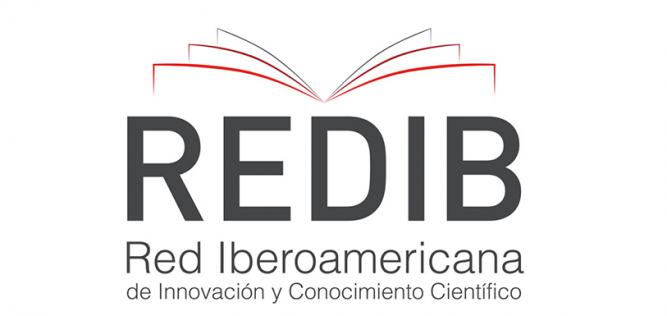STRATEGIES AND ASSESSMENT MODELS USED BY THE CENTERS OF ICT RESOURCES IN THE ASSESSMENT OF ASSISTIVE TECHNOLOGY FOR STUDENTS WITH SPECIAL EDUCATIONAL NEEDS
DOI:
https://doi.org/10.21814/rpe.7046Keywords:
Centres of ICT Resources for Special Education), Assistive Technologies, Special Educational Needs), AssessmentAbstract
In 2007, the Portuguese Ministry of Education established a network of 25Centers of ICT Resources for Special Education (CRTIC). These centers,among other missions, are responsible for the assessment of students withSpecial Educational Needs (SEN) towards the implementation of assistivetechnologies. In this paper we present the main findings of a study developedunder this context, which aimed to understand the practices currentlyunderway in these Centers, particularly in what concerns the strategies andmodels used in the assessments of students with SEN for assistivetechnologies use. The study was based on a multi-methodological paradigmas we analyzed data obtained by a questionnaire applied to all the centers, aswell as their activity reports and some interviews. Sustained by the practicesdescribed and analyzed, we have conceptualized and prototyped a proposalfor a support platform, called "Rede NEE" [SEN Network], which includesstrategies that may facilitate the monitoring of the assigned assistivetechnologies.
Keywords: Centres of ICT Resources for Special Education); Assistive Technologies;Special Educational Needs); Assessment
Downloads
Downloads
Published
How to Cite
Issue
Section
License
1. The authors preserve their authorship and grant the Portuguese Journal of Education the right to the first publication. The work is licensed under Creative Commons Attribution License that allows sharing the work with the acknowledgment of initial authorship and publication in this Journal.
2. The authors have the right to take additional contracts separately, for non-exclusive distribution of the published version of their work (e.g. to deposit in an institutional repository or as a book chapter), acknowledging the initial authorship and publication in this Journal.
3. The authors have the permission and are stimulated to post their work online (e.g. in an institutional repository or on their personal website). They can do this at any phase of the editorial process, as it may generate productive changes, as well as increase impact and article citation (see The Open Citation Project).
The work is licensed under Attribution-ShareAlike 4.0 International (CC BY-SA 4.0)




















